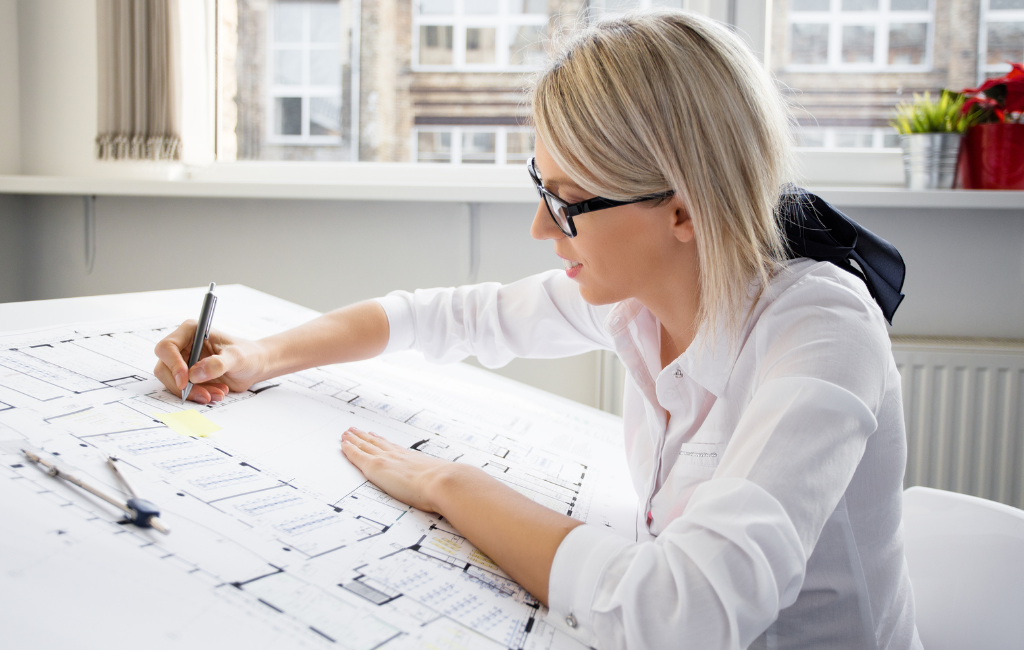
Architect Expertise
Architect Expertise: Redefining Modern Living
Introduction
In the ever-evolving landscape of modern living, architects play a pivotal role in shaping the environments we inhabit. Their expertise extends beyond mere design, influencing how we interact with spaces and how these spaces impact our daily lives. This article explores the multifaceted role of architects in redefining modern living, highlighting innovative approaches, case studies, and the integration of technology in contemporary design.
The Role of Architects in Modern Living
Architects are not just designers; they are visionaries who translate human needs into functional and aesthetic spaces. Their work involves a deep understanding of materials, sustainability, and the cultural context of their projects. By balancing these elements, architects create environments that enhance the quality of life.
Sustainable Design
Sustainability has become a cornerstone of modern architecture. Architects are increasingly focusing on eco-friendly designs that minimize environmental impact. This includes the use of renewable materials, energy-efficient systems, and designs that promote natural light and ventilation.
- Use of solar panels and green roofs to reduce energy consumption.
- Incorporation of rainwater harvesting systems.
- Designs that maximize natural light to reduce reliance on artificial lighting.
One notable example is the Bosco Verticale in Milan, Italy. This residential building incorporates over 900 trees and 5,000 shrubs, creating a vertical forest that improves air quality and provides a habitat for wildlife.
Cultural Sensitivity
Architects must also consider the cultural context of their projects. This involves understanding the local traditions, values, and aesthetics to create spaces that resonate with the community. By doing so, architects ensure that their designs are not only functional but also meaningful.
The Museum of Islamic Art in Doha, Qatar, designed by I.M. Pei, is a prime example. The design draws inspiration from traditional Islamic architecture while incorporating modern elements, creating a space that honors the past while embracing the future.
Technology and Innovation in Architecture
Technology has revolutionized the field of architecture, providing architects with new tools and methods to enhance their designs. From 3D modeling to virtual reality, these innovations are transforming how architects conceptualize and execute their projects.
3D Modeling and Printing
3D modeling allows architects to create detailed digital representations of their designs, enabling them to visualize and refine their concepts before construction begins. This technology enhances precision and reduces the likelihood of errors during the building process.
3D printing is another groundbreaking innovation, allowing architects to create scale models and even full-scale building components. This technology has the potential to reduce construction time and costs significantly.
Virtual Reality
Virtual reality (VR) offers architects a powerful tool for immersive design exploration. By creating virtual environments, architects can walk clients through their designs, providing a realistic sense of space and scale. This technology enhances communication and collaboration between architects and clients, leading to more informed design decisions.
Case Studies: Redefining Spaces
Several projects around the world exemplify how architects are redefining modern living through innovative design and technology.
The Edge, Amsterdam
The Edge in Amsterdam is often cited as the world’s most sustainable office building. Designed by PLP Architecture, the building features a smart energy management system that optimizes energy use. The building’s design maximizes natural light, and its innovative use of technology creates a dynamic and efficient workspace.
The High Line, New York City
The High Line is a prime example of urban renewal and adaptive reuse. This elevated linear park, designed by James Corner Field Operations and Diller Scofidio + Renfro, transformed a disused railway line into a vibrant public space. The project demonstrates how architects can breathe new life into neglected urban areas, creating spaces that foster community interaction and engagement.
The Future of Architecture
As we look to the future, architects will continue to play a critical role in shaping modern living. Emerging trends such as biophilic design, smart homes, and modular construction are set to redefine how we live and interact with our environments.
Biophilic Design
Biophilic design emphasizes the connection between humans and nature. By incorporating natural elements into architectural design, architects can create spaces that promote well-being and reduce stress. This approach is gaining traction in both residential and commercial projects.
Smart Homes
The integration of smart technology in homes is transforming how we live. Architects are designing spaces that seamlessly incorporate smart systems, allowing for greater control over lighting, temperature, and security. This trend is set to continue as technology becomes more advanced and accessible.
Modular Construction
Modular construction involves the use of prefabricated building components, allowing for faster and more efficient construction. This approach is particularly beneficial in urban areas where space and time are limited. Architects are increasingly adopting modular construction to meet the demands of modern living.
Conclusion
Architects are at the forefront of redefining modern living, leveraging their expertise to create spaces that are sustainable, culturally sensitive, and technologically advanced. Through innovative design and the integration of cutting-edge technology, architects are shaping environments that enhance our quality of life. As we move forward, the role of architects will continue to evolve, driving the transformation of our living spaces and the way we interact with them.
- Comparing Self-Directed IRAs for Precious Metals Rollovers
- ** From Injury Recovery to Gut Wellness: The Versatile Applications of BPC 157 Peptide **.
- Mushroom Coffee Introduced: The Superfood Brew You Really Did Not Know You Required
- Unlocking Wealth: The Benefits of a 401(k) to Gold IRA Rollover for Your Retirement Strategy
- ** Unlocking the Healing Potential: The Science Behind BPC 157 Peptide **.